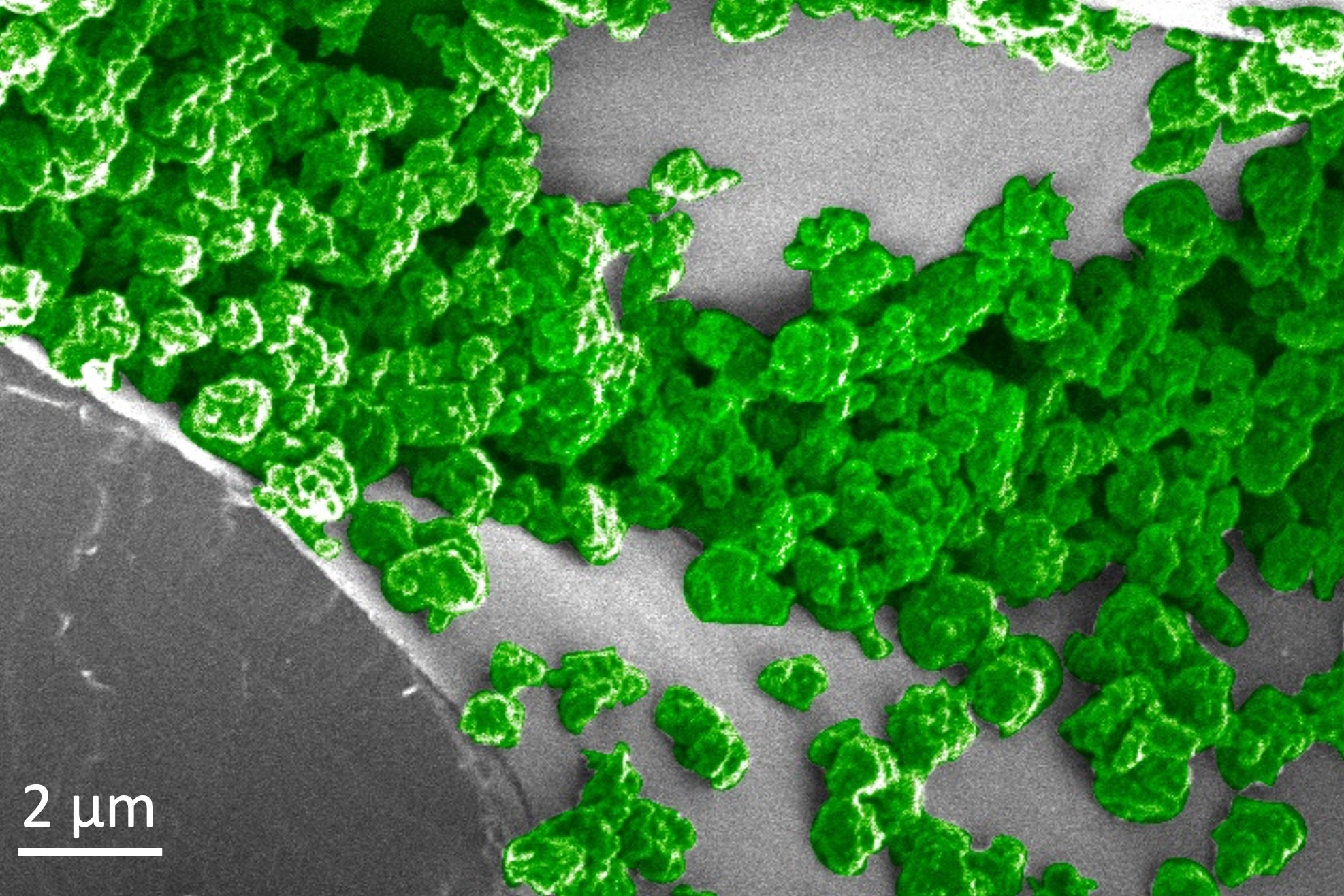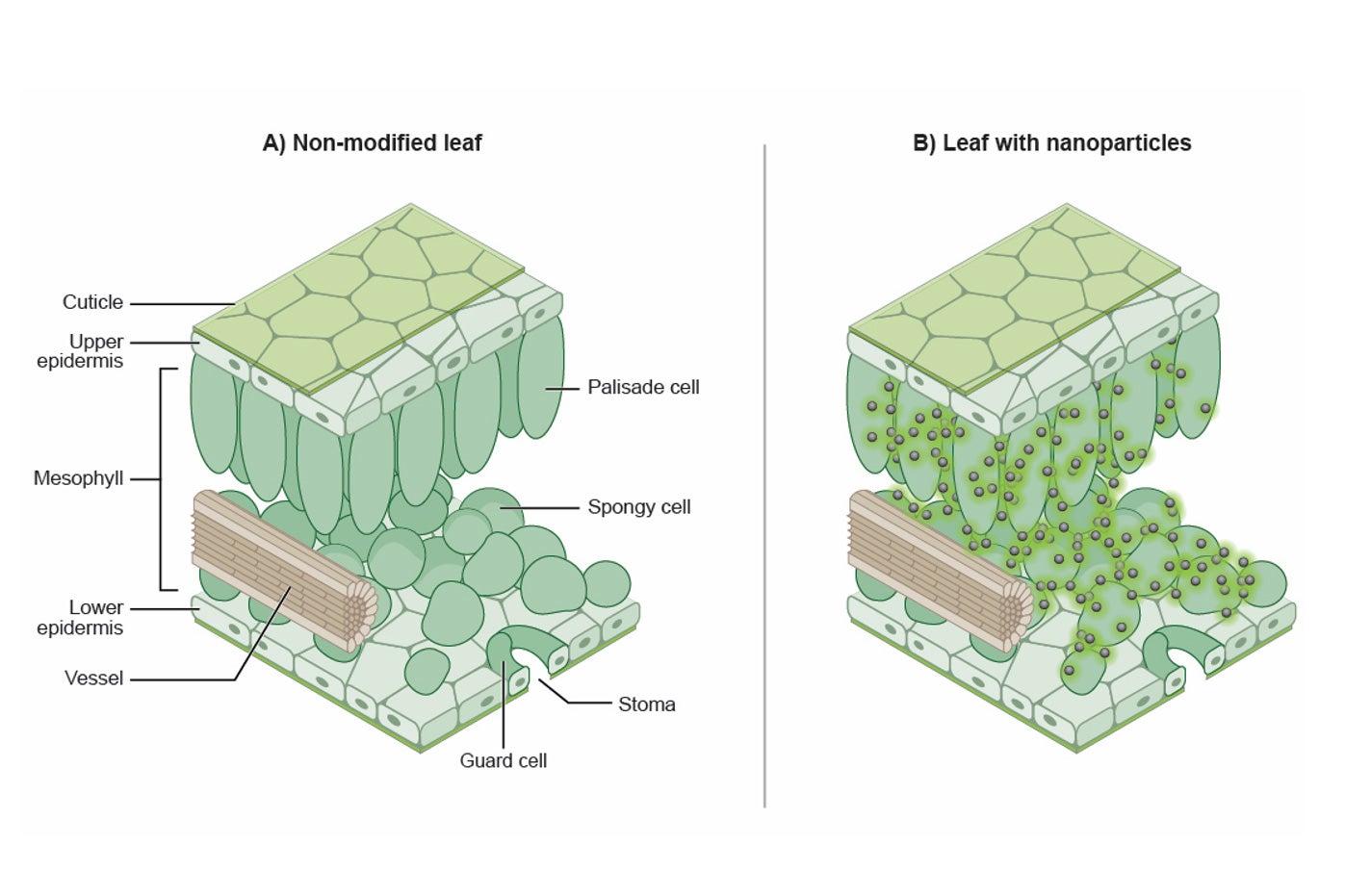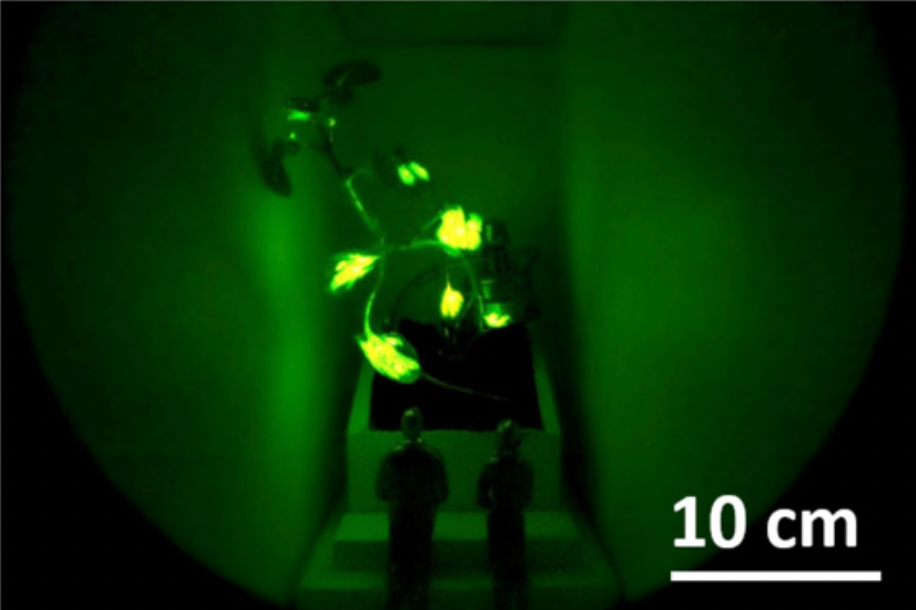Scientists engineer rechargeable glow-in-the-dark plants than can be charged by an LED
Scientists say plants can be continually recharged for at least two weeks

Your support helps us to tell the story
From reproductive rights to climate change to Big Tech, The Independent is on the ground when the story is developing. Whether it's investigating the financials of Elon Musk's pro-Trump PAC or producing our latest documentary, 'The A Word', which shines a light on the American women fighting for reproductive rights, we know how important it is to parse out the facts from the messaging.
At such a critical moment in US history, we need reporters on the ground. Your donation allows us to keep sending journalists to speak to both sides of the story.
The Independent is trusted by Americans across the entire political spectrum. And unlike many other quality news outlets, we choose not to lock Americans out of our reporting and analysis with paywalls. We believe quality journalism should be available to everyone, paid for by those who can afford it.
Your support makes all the difference.A rechargeable light-emitting plant that glows after being charged for 10 seconds with an LED is being hailed as an advance in the emerging field of nanobionics.
These engineered plants can produce light that is 10 times brighter than the first generation of glowing plants, reported by the same team in 2017, according to a study published in the journal Science Advances.
The scientists, including Sheila Kennedy from Massachusetts Institute of Technology (MIT), said the findings could pave the way for a future in which the lighting infrastructure from living plants could “play an integral part of the spaces where people work and live.”
“We wanted to create a light-emitting plant with particles that will absorb light, store some of it, and emit it gradually. This is a big step toward plant-based lighting,” said Michael Strano, the study’s senior author and a professor of chemical engineering at MIT.
Strano’s lab, according to its university profile page, has been working on ways to give plants novel features by embedding them with different types of nanoparticles.
In the current study, Strano and his team used a “light capacitor,” made of a material known as “phosphor,” to store light in the form of photons and gradually release it over time.

According to the research, these materials — made of a compound called strontium aluminate — can absorb either visible or ultraviolet light and then slowly release it as a phosphorescent glow.
They coated these phosphor nanoparticles, which are several thousand times smaller than the width of human hair, with silica to protect the plants from damage.
Due to the small size of these particles, they were infused into the plants through their stomata — the small breathing pores located on the surfaces of leaves — and accumulated in a spongy layer called the mesophyll.
After about 10 seconds of blue LED exposure, the phosphor-infused plants could emit light for about an hour, with the glow being brightest for the first five minutes and then gradually diminishing, the study noted.
The scientists said these plants can be continually recharged for at least two weeks.

“Creating ambient light with the renewable chemical energy of living plants is a bold idea,” Kennedy, a professor of architecture at MIT, said in a statement. “It represents a fundamental shift in how we think about living plants and electrical energy for lighting.”
When the researchers assessed whether the nanoparticles interfered with the normal functioning of these phosphor-infused plants, they found that the glowing plants were able to photosynthesise and evaporate water through their stomata normally over a 10-day period.
Join our commenting forum
Join thought-provoking conversations, follow other Independent readers and see their replies
Comments